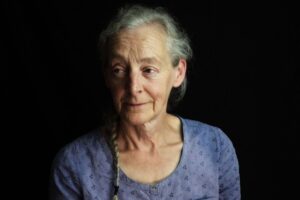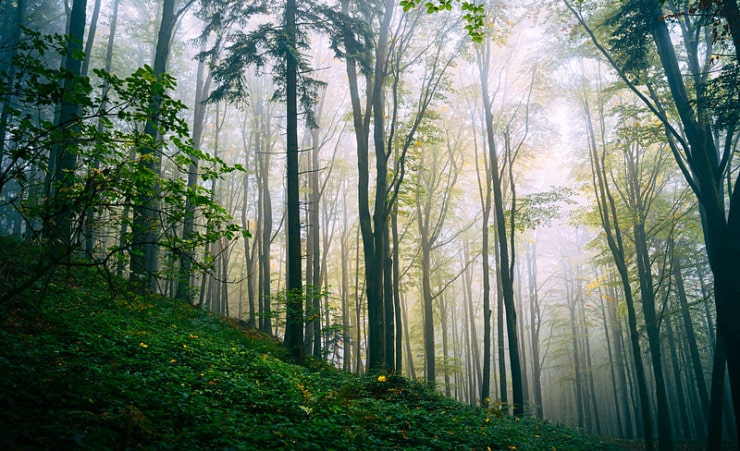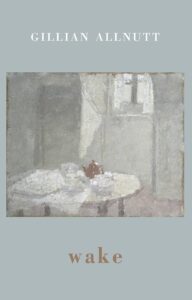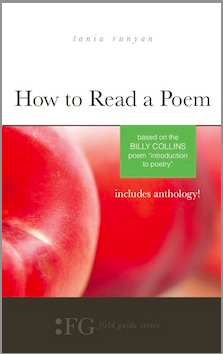Gillian Allnutt writes of spiritual concerns, landscape, and England.
Gillian Allnutt is one of those presences in British poetry. Since 1973, she’s taught English and creative writing, and through her career as a teacher added performing, newswriting, publishing, freelancing, and editing. I suspect her first love is poetry, though. She’s published several collections, served as the poetry editor for City Lights Magazine, and received the Queen’s Gold Medal for Poetry in 2016 for meritorious achievement in the field.
I recently read her 2018 collection wake. (That’s not a typo; the “w” in the title is lower-cased.) It’s her most recent collection until a new one, lode, arrives in July of 2025. Allnutt’s poems are known for two themes – scenes of northern England (a native Londoner, she lives in Newscastle upon Tyne) and spiritual concerns. This poem from wake is an example.
early spring
poetry Basho’s rare paper raincoat burned
I stand
as ash by winter bound
as crow stoned
as heron sudden
land
by absence astounded
by presence astounded
The reference to Matsuo Basho’s (1644-1694) paper raincoat concerns one of the most famous of the Japanese poet’s works, “First winter rain.” Allnutt’s poem as is as stark and minimalist as Basho’s; he is describing the arrival of winter, and she its departure.
Allnutt adds a third theme to the poems of wake, that of English history. She includes poems about the holy island of Lindesfarne; Minsteracres in County Durham; the tomb of Edward II at Goucester Cathedral; the Lost Village of Imber on Salisbury Plain in Wiltshire; the Bronte Parsonage Museum in Yorkshire; the Harnham Buddhist Monastery near the Scottish border; and Lineover Wood in the Cotswolds. The collection is not a travelogue; instead, she writes sparingly about places associated with spiritual meaning.

Gillian Allnutt
Allnut’s collections include Beginning the Avocado, Sojourner, Blackthorn, Nantucket and the Angel, Lintel, How the Bicycle Shone, Wolf Light, and indwelling, and Berthing: A Poetry Workbook. The recipient of numerous awards, recognitions, and fellowships, she also served as editor of The New British Poetry 1968-1988. She’s been shortlisted for the T.S. Eliot Prize twice.
The poems of wake are easy to read; many are only four to eight short lines, and none is longer than a single page. But don’t equate shortness with only surface meaning. As brief as many of them are, they are packed with meaning and insight, as only a master poet can achieve.
Photo by Hannes Flo, Creative Commons, via Flickr. Post by Glynn Young.
How to Read a Poem uses images like the mouse, the hive, the switch (from the Billy Collins poem)—to guide readers into new ways of understanding poems. Anthology included.
“I require all our incoming poetry students—in the MFA I direct—to buy and read this book.”
—Jeanetta Calhoun Mish
- Poets and Poems: Beth Copeland and “I Ask the Mountain to Heal My Heart” - July 10, 2025
- A.E. Stallings: the Parthenon Marbles, Poets, and Artists - July 8, 2025
- Poets and Fables: Steven Flint and “The Sun and the Boy” - July 3, 2025



Leave a Reply